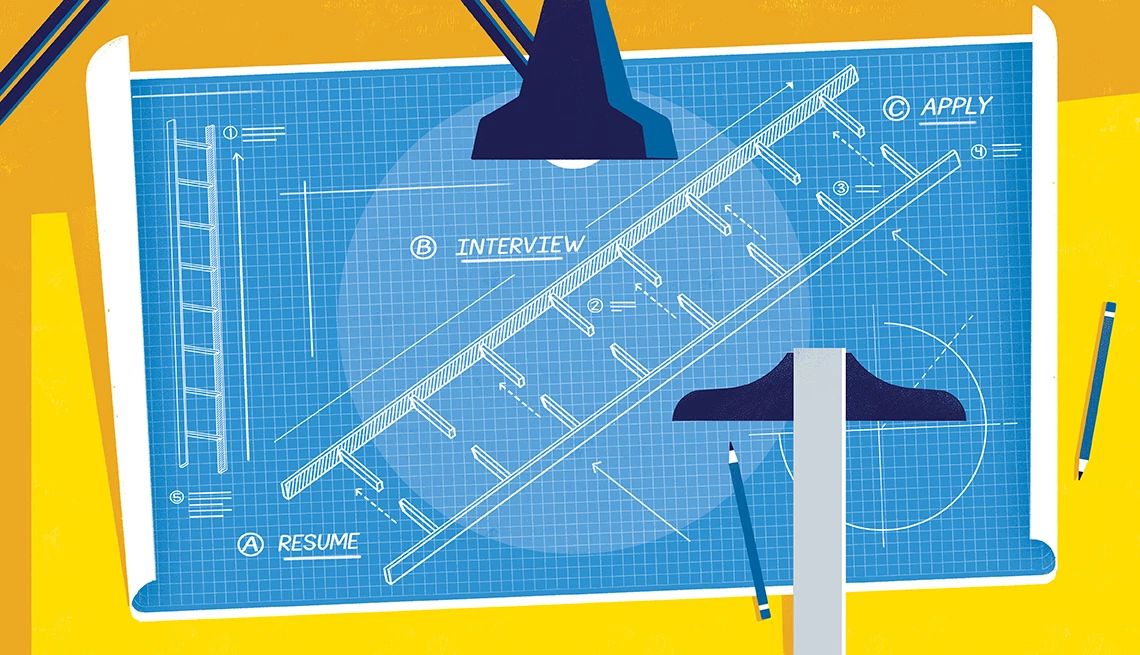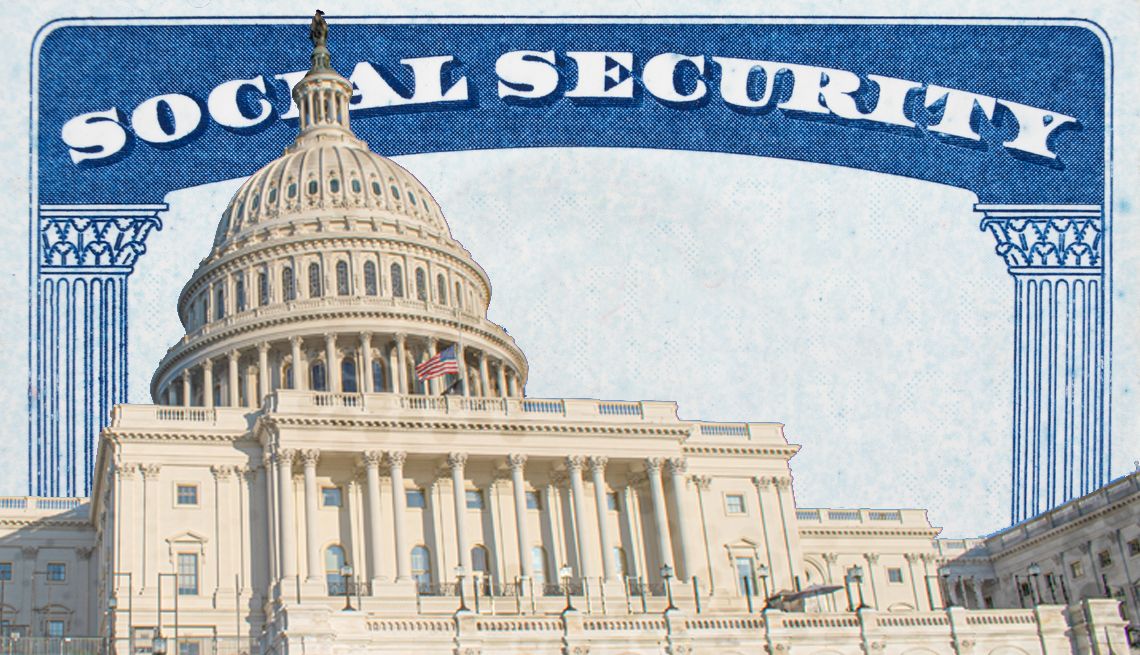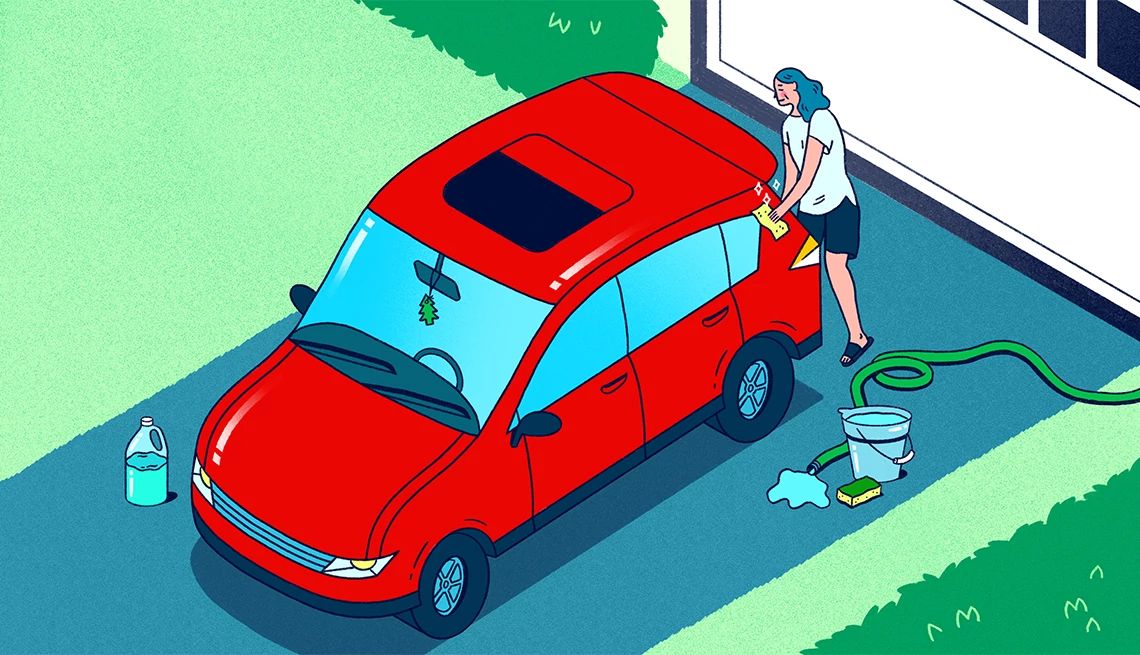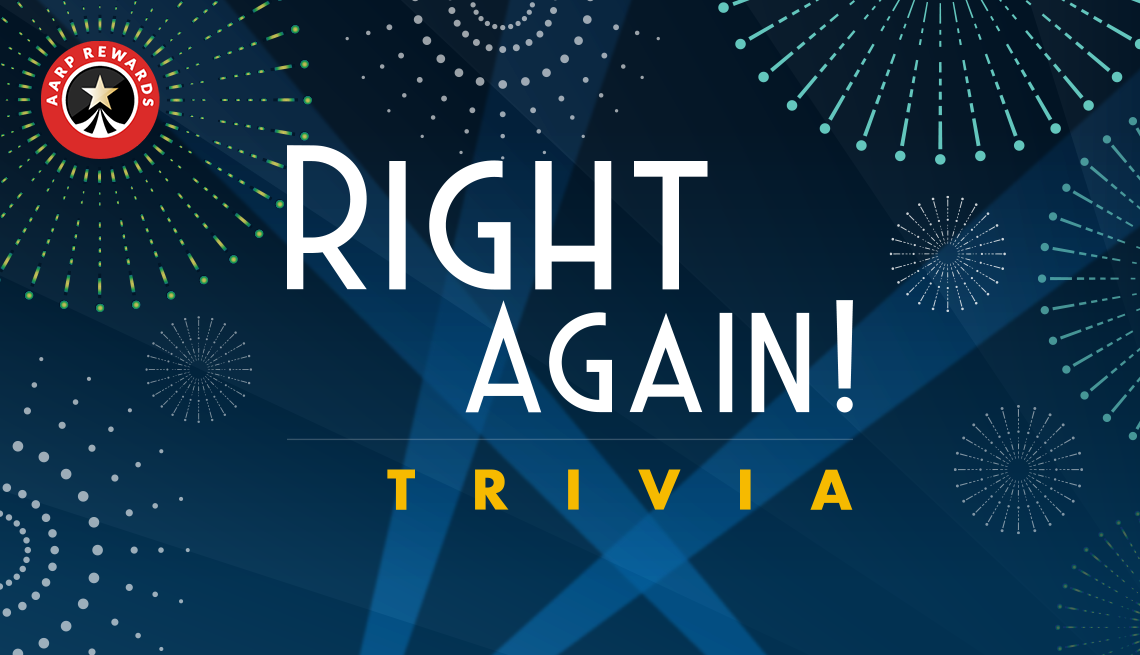well, after not finding any reliable information on this via Google I went ahead and did this.
It was pretty easily actually. Lenovo support site provided a helpful document on partitioning the drive under Windows 10. This was very easy to do, took me only a few moments using the built-in tools of Windows 10.
Then I copied my data to the new "z:" drive and it works as expected. The indexing and search functions work as expected.
I am still prompted for the drive password on boot-up, and only once for the single (now-partitioned) drive. I assume that it is still encrypted (which was alway an assumption in the first place, unlike my encrypted external drives)...based on my understanding of the OPAL system (the encryption takes place far below the operating system). I should be able to verify that by booting from another drive and trying to read the SSD, but this is a bit beyond me at the moment.
What I don't like is that now I realize I am subject to the reported flaws in some self-encrypted SED that they were susceptible to some hacking that would expose the drive's factory password. This came out about a year ago and I accepted it only as a theoretical issue (I think it is primarily) until seeing the document from Lenovo I found this morning where they recommend "software encryption" for my particular drive. Which to them means Bitlocker (which I do not like. in general). So why did I even bother with this! And ~why~ is something as important as FDE so difficult to get clarity on? I loved TrueCrypt...maybe it's time to go "retro".












































































